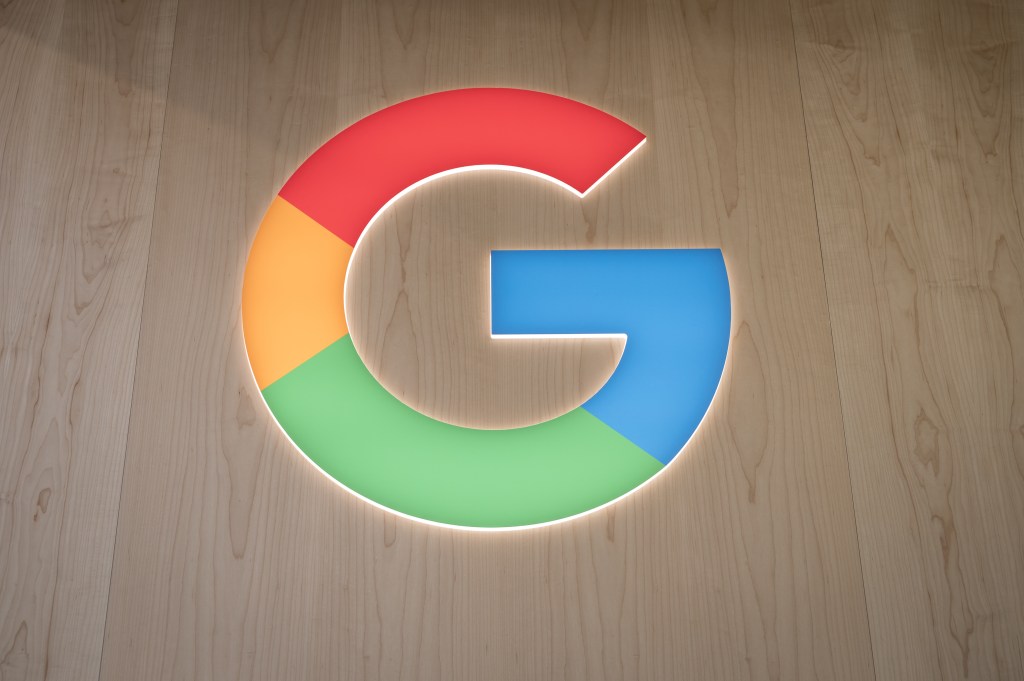
Google’s upgrading its image-generation tech to keep apace with rivals.
At the company’s I/O developer conference in Mountain View on Tuesday, Google announced Imagen 3, the latest in the tech giant’s Imagen generative AI model family.
Demis Hassabis, CEO of DeepMind, Google’s AI research division, said that Imagen 3 more accurately understands the text prompts that it translates into images versus its predecessor, Imagen 2, and is more “creative and detailed” in its generations. In addition, the model produces fewer “distracting artifacts” and errors, he said.
“This is [also] our best model yet for rendering text, which has been a challenge for image-generation models,” Hassabis added.
To allay concerns around the potential to create deepfakes, Google says that Imagen 3 will use SynthID, an approach developed by DeepMind to apply invisible, cryptographic watermarks to media.
Sign-ups for Imagen 3 in private preview are available in Google’s ImageFX tool, and Google says the model will “come soon” to devs and corporate customers using Vertex AI, Google’s enterprise generative AI development platform.

Google typically doesn’t reveal much about the source of the data it uses to train its AI models — and this time was no exception. There’s a reason for that. Much of the training data comes from public sites, repositories and datasets around the web. And some of that training data, specifically the copyrighted data scraped without permission from content creators, is a source of IP-related lawsuits.
Google’s web publisher controls allow webmasters to prevent the company from scraping data, including photos and videos, from their websites. But Google doesn’t offer an “opt-out” tool, and — unlike some of its rivals — the company hasn’t committed to compensating rights holders for their (in some cases unknowing) contributions to the training datasets.
The lack of transparency isn’t surprising. But it is disappointing — especially from a company with resources like Google’s.
We’re launching an AI newsletter! Sign up here to start receiving it in your inboxes on June 5.




